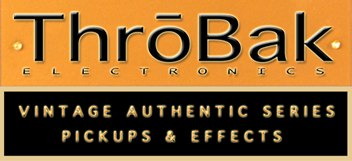I recently replaced the 300k pots that Gibson installed in 1993 in my LP STD with Bare Knuckle 550K pots at the same time migrating to 50’s wiring using SLOW taper pots.
I did this because I had the guitar electronics apart to replace a failed 498T bridge pickup. The replacement seemed way hotter and very difficult to tame tonally. Thinking that it was just that I’d had a guitar with an odd bridge pickup originally and that this was the way the pickup should have been I resorted to changing the pair with som unpotted lower output PAFs.
Whilst the PAFs are very very nice tonally with the open airiness that is very welcome from them, trying to balance them tonally when flipping between neck and bridge by adjusting the tone has not been so great. The bridge tone pot only really affects the tone between 0 and 2 on the pot. This is with an 0.022uF cap on that pot. I checked the new pot taper against the specification and it seems about right (within tolerances). The idea of SLOW taper was to provide the best control through the volume and tone changes. I am hoping to try a fast taper pot on the tone to see if that improves things, but wondered if others have had similar experiences when tweaking pots on their guitars?
Any experiences gratefully received.
Phil
I did this because I had the guitar electronics apart to replace a failed 498T bridge pickup. The replacement seemed way hotter and very difficult to tame tonally. Thinking that it was just that I’d had a guitar with an odd bridge pickup originally and that this was the way the pickup should have been I resorted to changing the pair with som unpotted lower output PAFs.
Whilst the PAFs are very very nice tonally with the open airiness that is very welcome from them, trying to balance them tonally when flipping between neck and bridge by adjusting the tone has not been so great. The bridge tone pot only really affects the tone between 0 and 2 on the pot. This is with an 0.022uF cap on that pot. I checked the new pot taper against the specification and it seems about right (within tolerances). The idea of SLOW taper was to provide the best control through the volume and tone changes. I am hoping to try a fast taper pot on the tone to see if that improves things, but wondered if others have had similar experiences when tweaking pots on their guitars?
Any experiences gratefully received.
Phil



